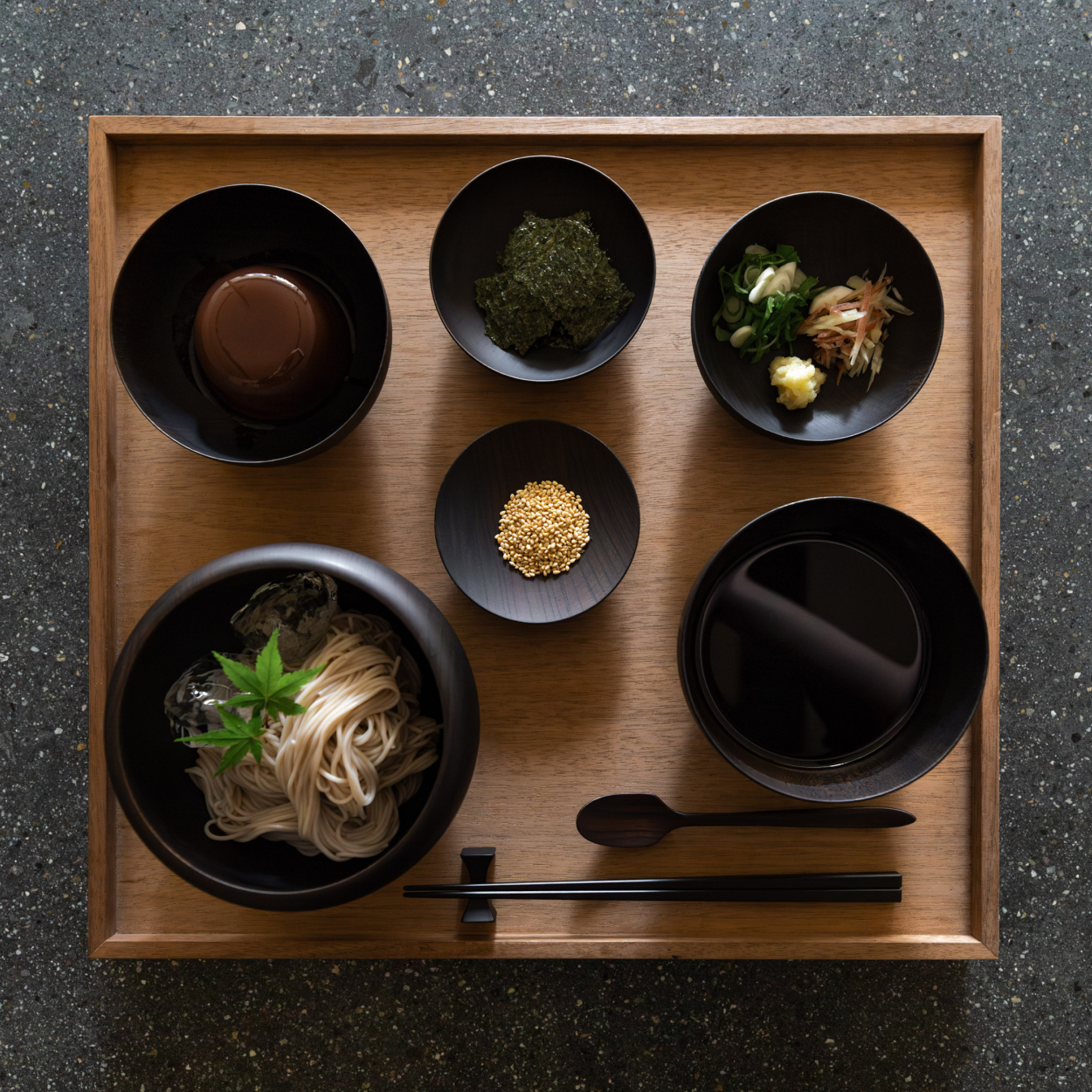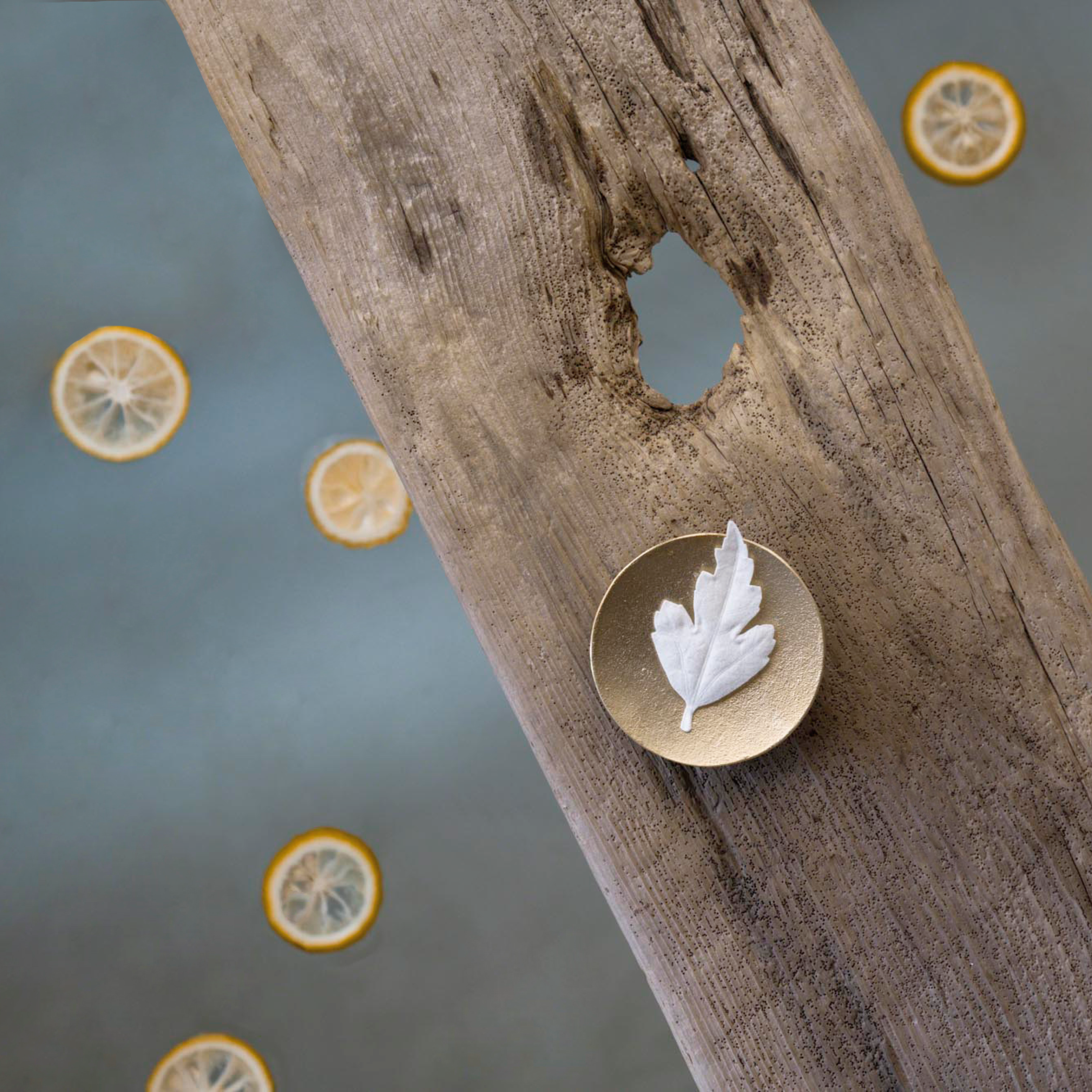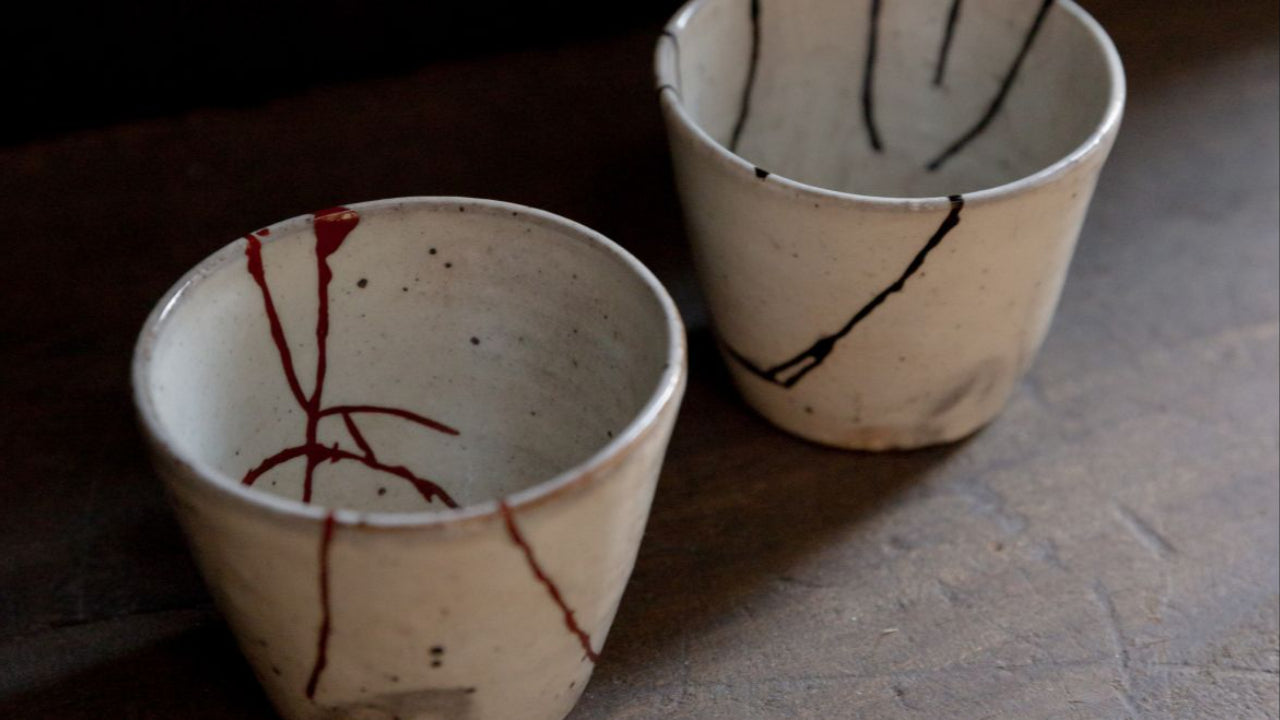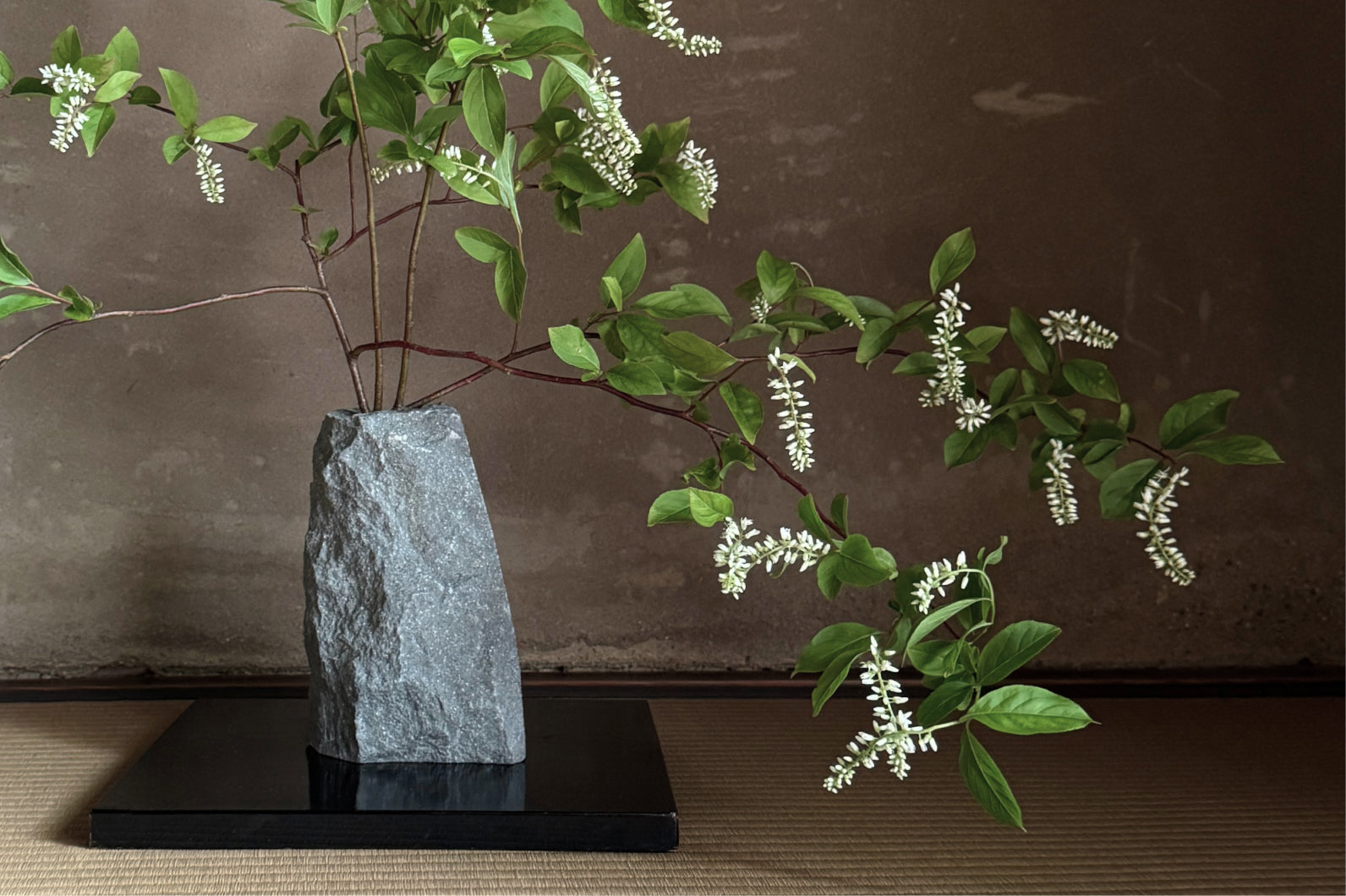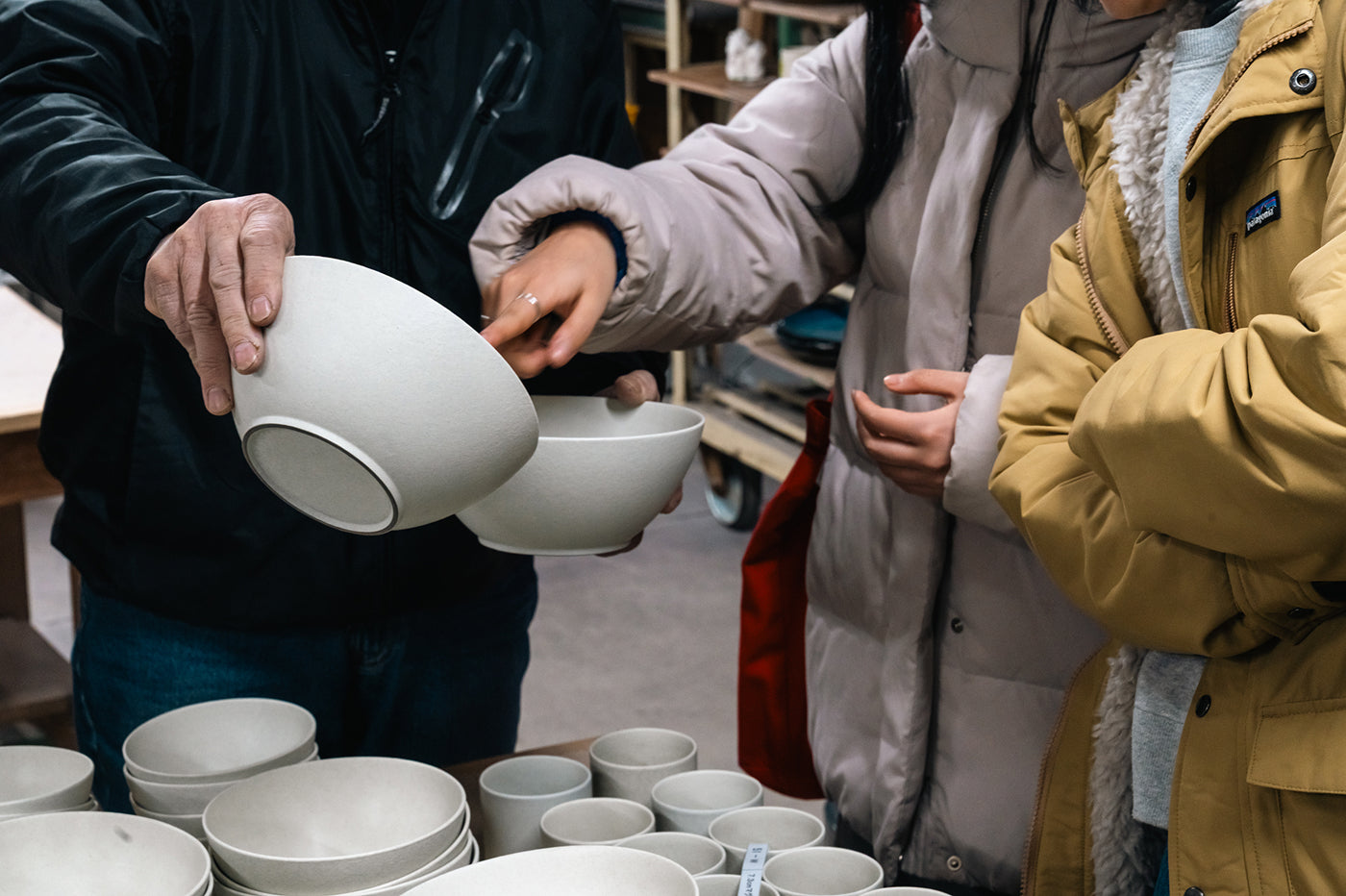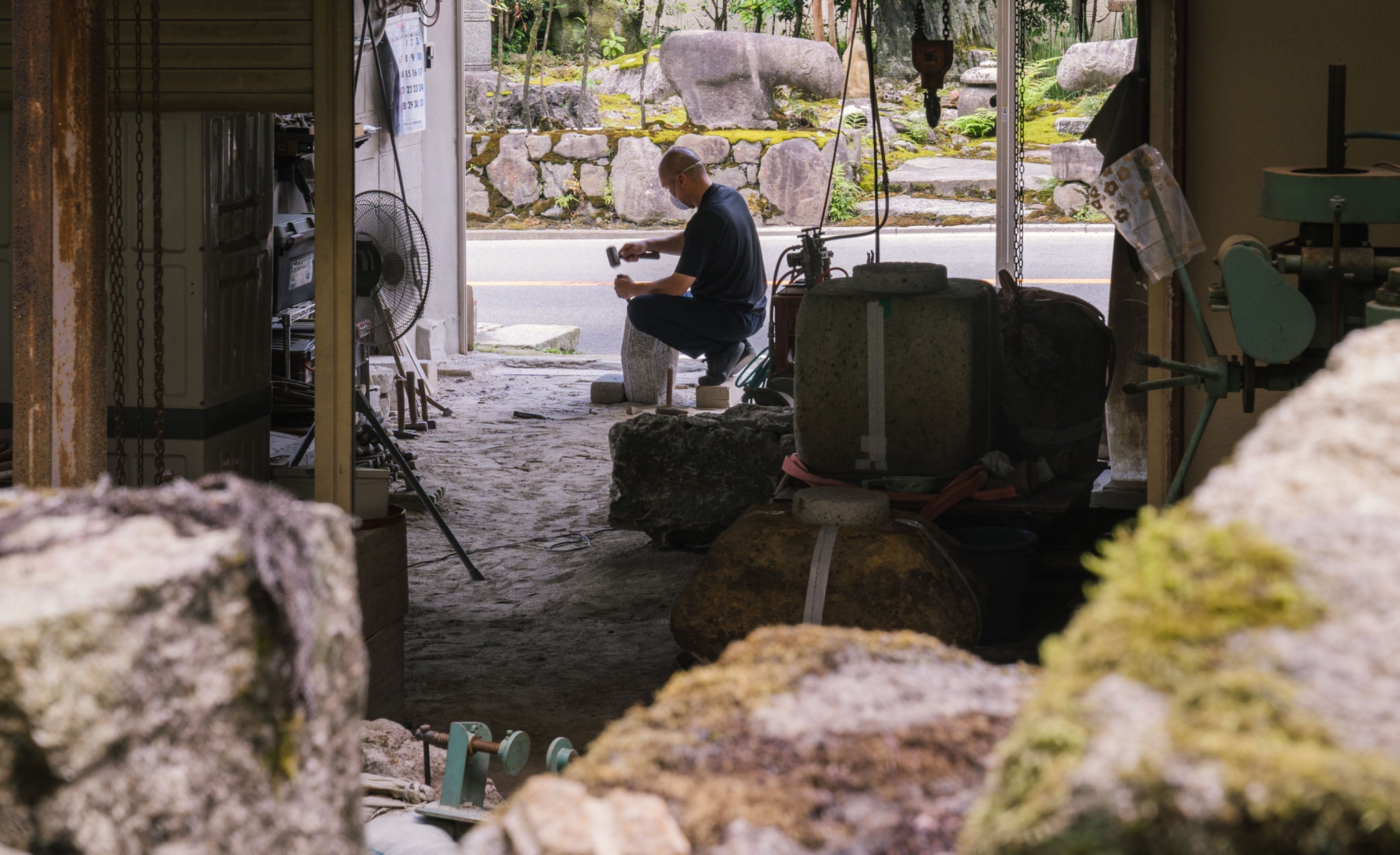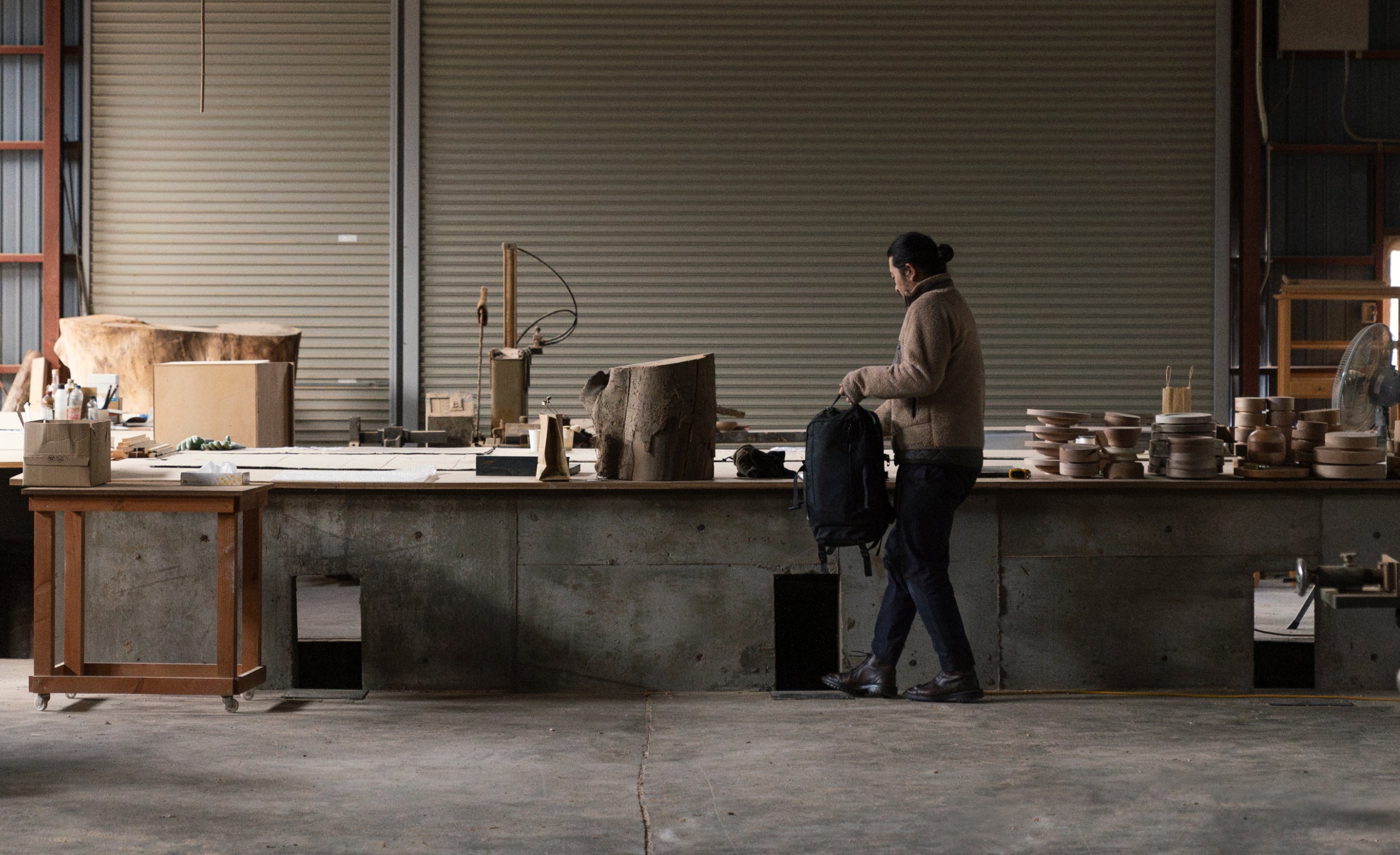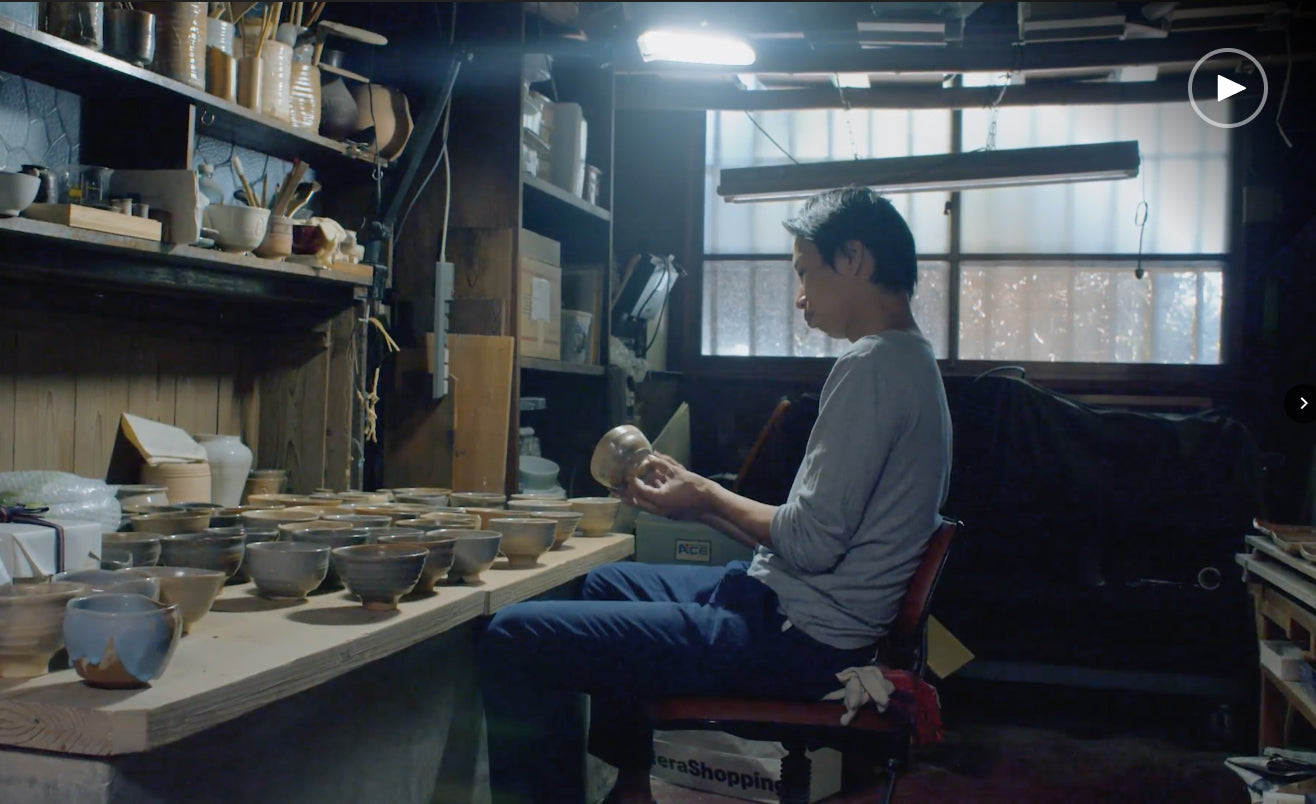Gold is perhaps the most spotlighted ingredient of kintsugi-repair. And justly so. Kintsugi, literally translates to gold joinery. And thus often believed to be metalwork. So many are surprised to learn that gold is not necessary in the repair process whatsoever. It is nothing but jewelry, bedazzling the full repair beneath the surface.
Instead, it is actually urushi that is the main ingredient of kintsugi-repair. The tree sap is blended with various other natural materials based on two factors: the material of the original ware (porcelain, ceramic, glass, or wood), as well as the type of breakage (chip, crack, or break).
From a functional perspective, kintsugi leverages the chemistry of urushi. Not only is urushi an incredibly durable material, it is also food safe and has anti-bacterial, anti-viral, and anti-pest properties too.
And from an aesthetic perspective, kintsugi benefits from shitsugei, traditional Japanese lacquer craft technique with history dating back over 10,000 years. While some Japanese lacquerware is sleek and simple, other lacquerware is incredibly ornate and used for highly special occasions. The dazzle comes from detailed art over the lacquer, with materials such as gold, silver, egg, and clam shells. This is why kintsugi-repair is called gold joinery and often finished with gold. It is an ode to shitsugei.
Sometimes kintsugi-repair finished in black or red usushi is the most stylish and functional choice. Not only does it look posh, it is also much stronger to potential scraps or scratches from utensils and sponges. Depending on your personal aesthetic, the taste of the original piece, as well as the style of your tableware collection at home, black or red urushi may be exactly what you’re looking for.
Whether repairing your own pieces, or sending broken pieces to our studio for professional repair, black or red urushi finish is an excellent option to consider.
